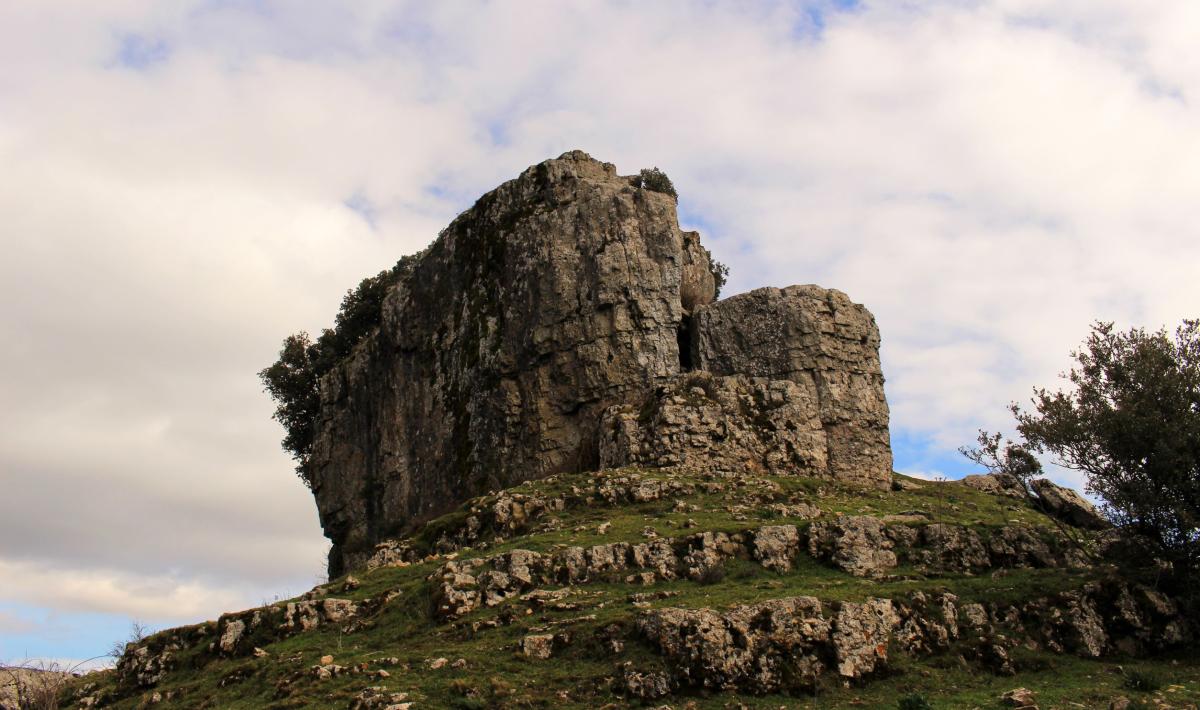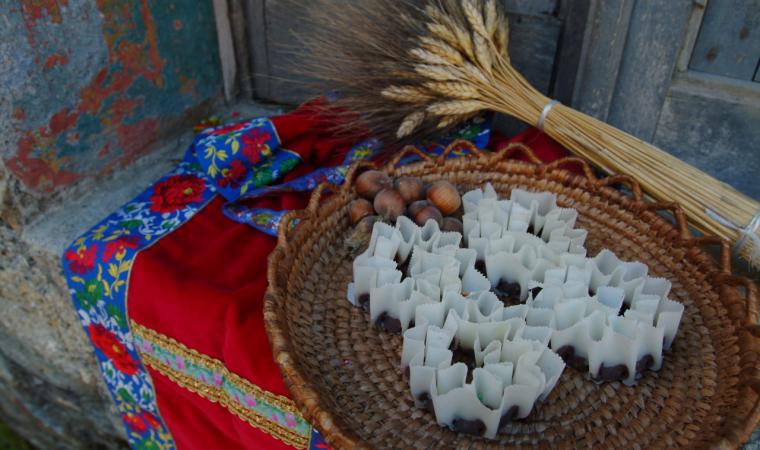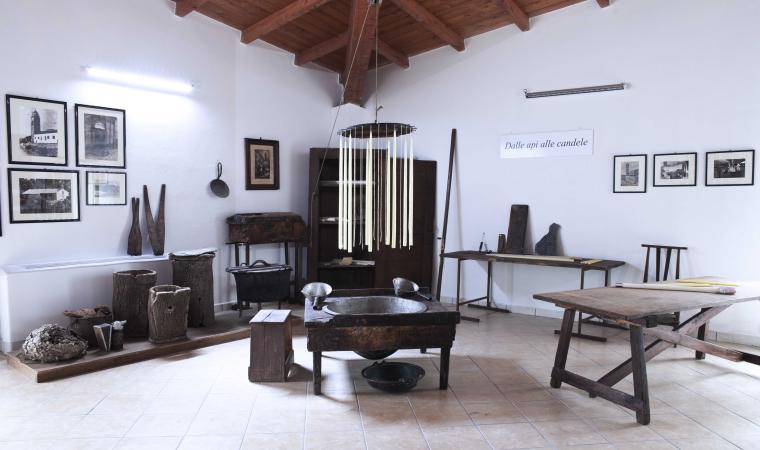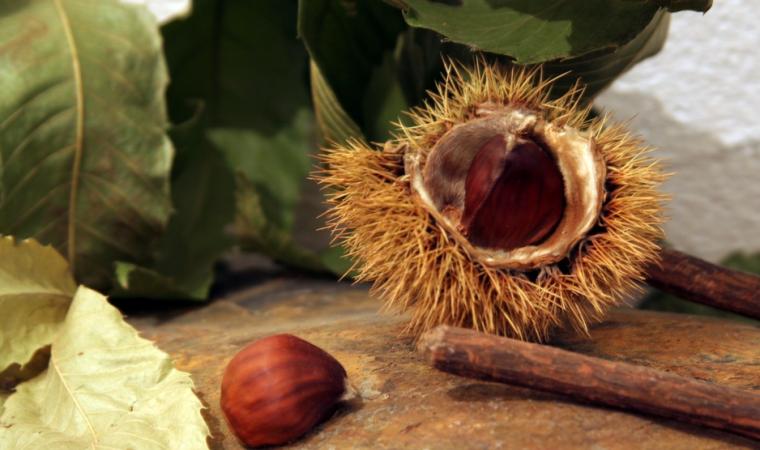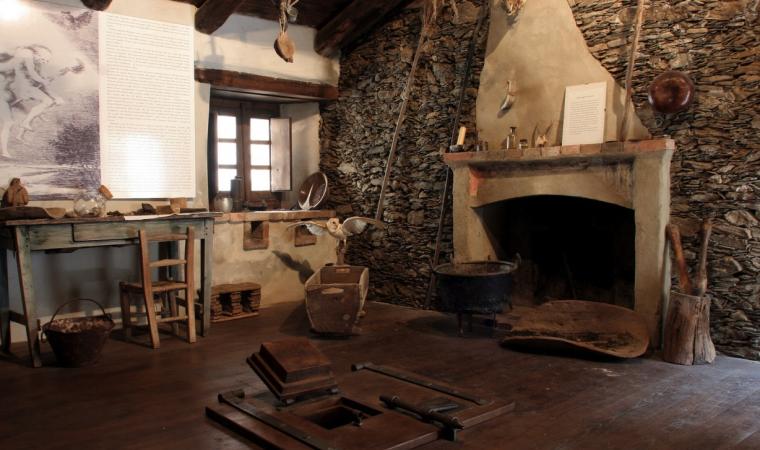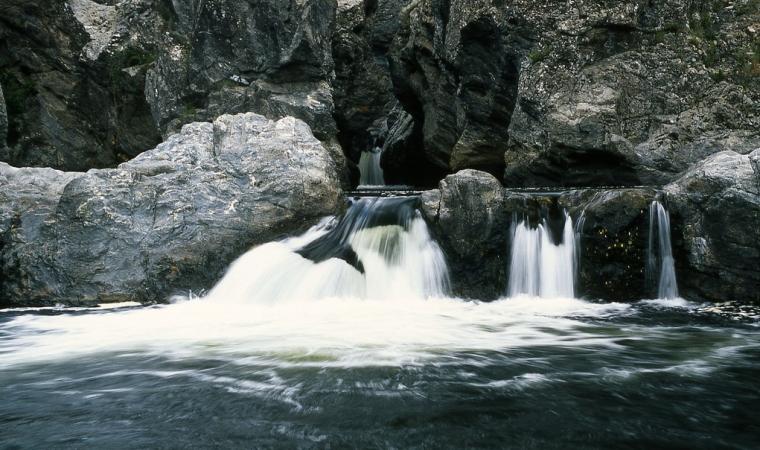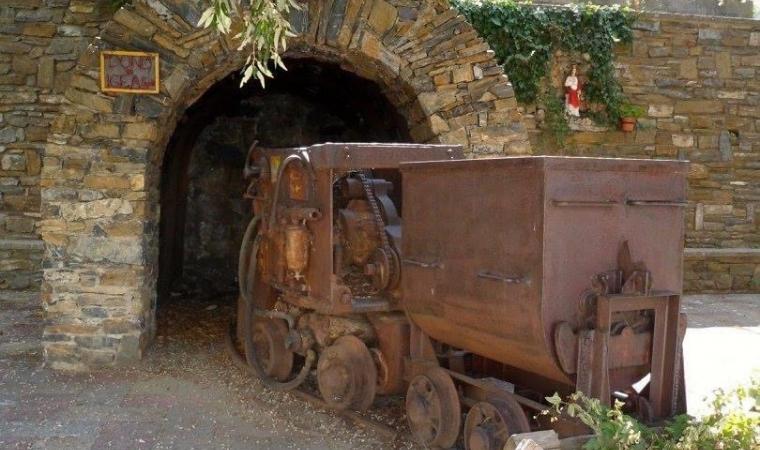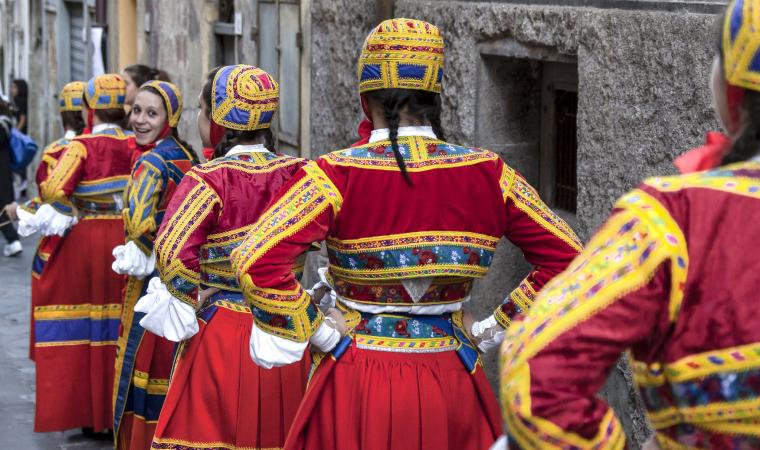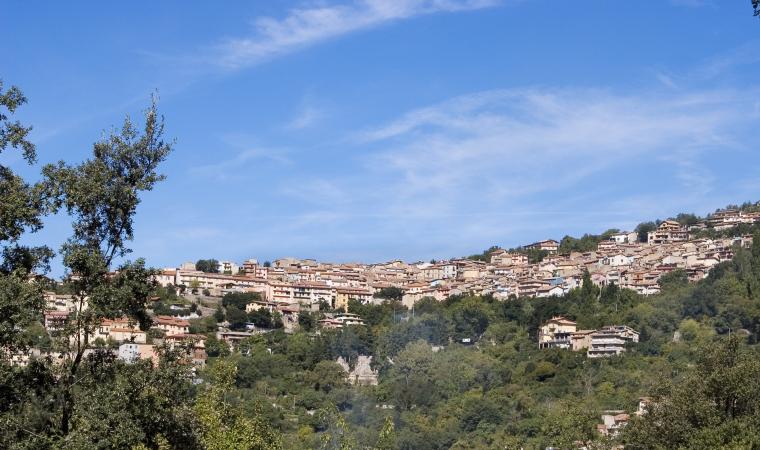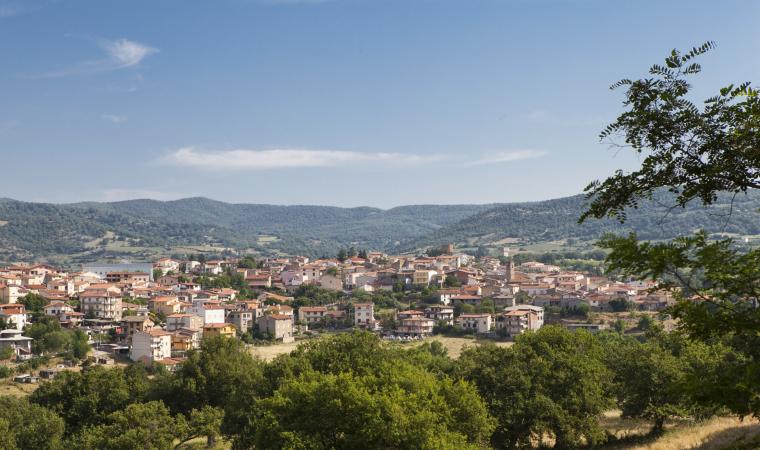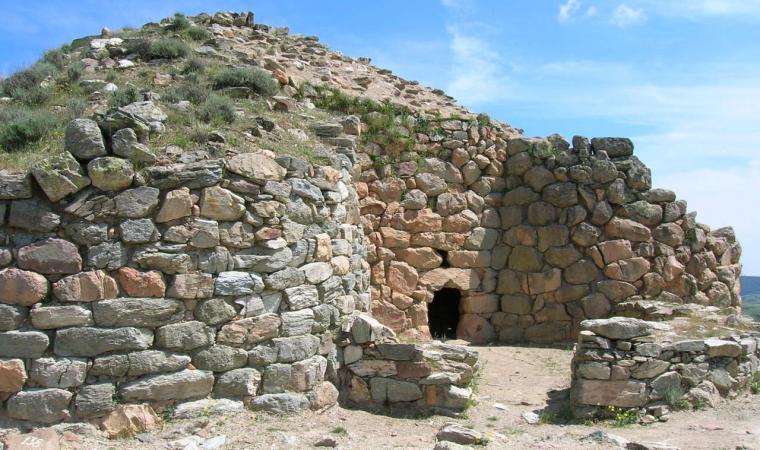A cylinder of limestone surmounting a cone of schistose rocks, forming a curious natural geometric shape set at almost a thousand metres altitude, stands solitary among wooded hills. Su Texile, also known as su meseddu de Texile, is a taccu: a typical ancient rock formation, and a natural monument since 1989, as well as a symbol of Aritzo, a mountain village nestled in the Barbagia di Belvì area. Composed of Mesozoic limestone and dolostone, it covers an area of almost one hectare, is 24 metres high and between 50 and 70 metres wide. You can reach it from the outskirts of the town, two kilometres along the road to the Cossatzu cantoniera, amid a picturesque landscape with its pastures, remains of an oak wood, chestnut trees, hazels, cherry, and walnut trees. You will suddenly come across a view that you will not forget and you will understand the observation of Vittorio Angius, 19th century historian: "from afar, the top resembles a perfect cylinder, but up close it reveals an irregular shape".
Tezile, a barbaricino word of pre-Roman origin, indicates an isolated hillock, while meseddu, diminutive of Spanish mesa (table), and indicates a stool carved from a trunk: the two terms refer to the shape of the rock as it appears perched on top of the cone-shaped hill. The strange shape of Texile is characteristic: it looks like a giant chipped mushroom, with edges more eroded at the base than at the top. It has flat, vertical, steep walls and karst cavities. In the fissures, holm-oaks have settled - unusually at these altitudes - and pre-Quaternary flora have found refuge, different vegetation compared to the surrounding areas of the Gennargentu. Su Texile is one of the witnesses, spared from erosion, of the calcareous covering of the Giurese area that stands out along the western 'depressive' edge of the mountain massif. The morphology is similar to that of neighbouring hills, such as the Tònneri di Belvì and Tonara.
The monument is also called sa trona de Santu Efis: according to popular belief, this is where Sant'Efisio preached the faith to the barbaricini. Another legend mentions it as home to sa musca maccedda, a killer insect. The position of the Aritzese taccu has attracted attention ever since prehistory: it is surrounded by Neolithic remains, including the domus de Janas of rio su Fruscu, Baccu'e Forros, su Furreddu'e Carraxioni and Tonitzò (in the territory of Belvì). The nearby nuraghes of on Nuracciolu and on Nuraxi Liustra date back to the Bronze Age, and the latter is connected to a Giants' tomb. Recent excavations have brought to light remains of walls, embedded in the eastern side of the taccu: inside were found fragments of nuragic ceramics and pottery from the Imperial Roman period, indicating the continuity of use of the site. Near the Texile was also found a treasure trove of Roman coins (1st to 2nd century AD), now kept in the GA Sanna museum in Sassari. In the territory of Aritzo, do not miss the domos de nie ('neviere') of Funtana Cungiada (1300 meters altitude): deep wells dating back to the 17th century, which have fuelled the town's historical snow trade for centuries. After the nature trip, take time to admire the historic centre and monuments: the charming Casa Devilla, Arangino castle, the parish church of San Michele, the 17th century Spanish prison and the ethnographic museum of the Sardinian mountains. Aritzo is famous as the 'capital of chestnuts' and for its maistos 'e linna, wood carving craftsmen.

